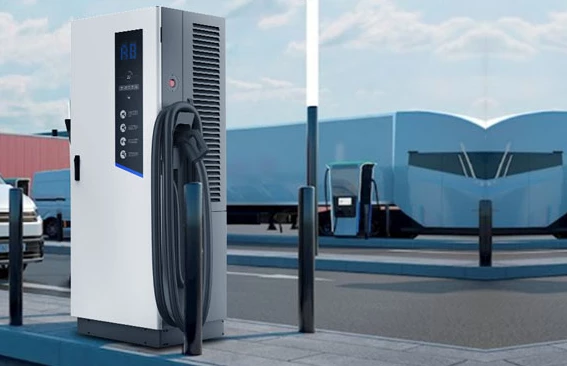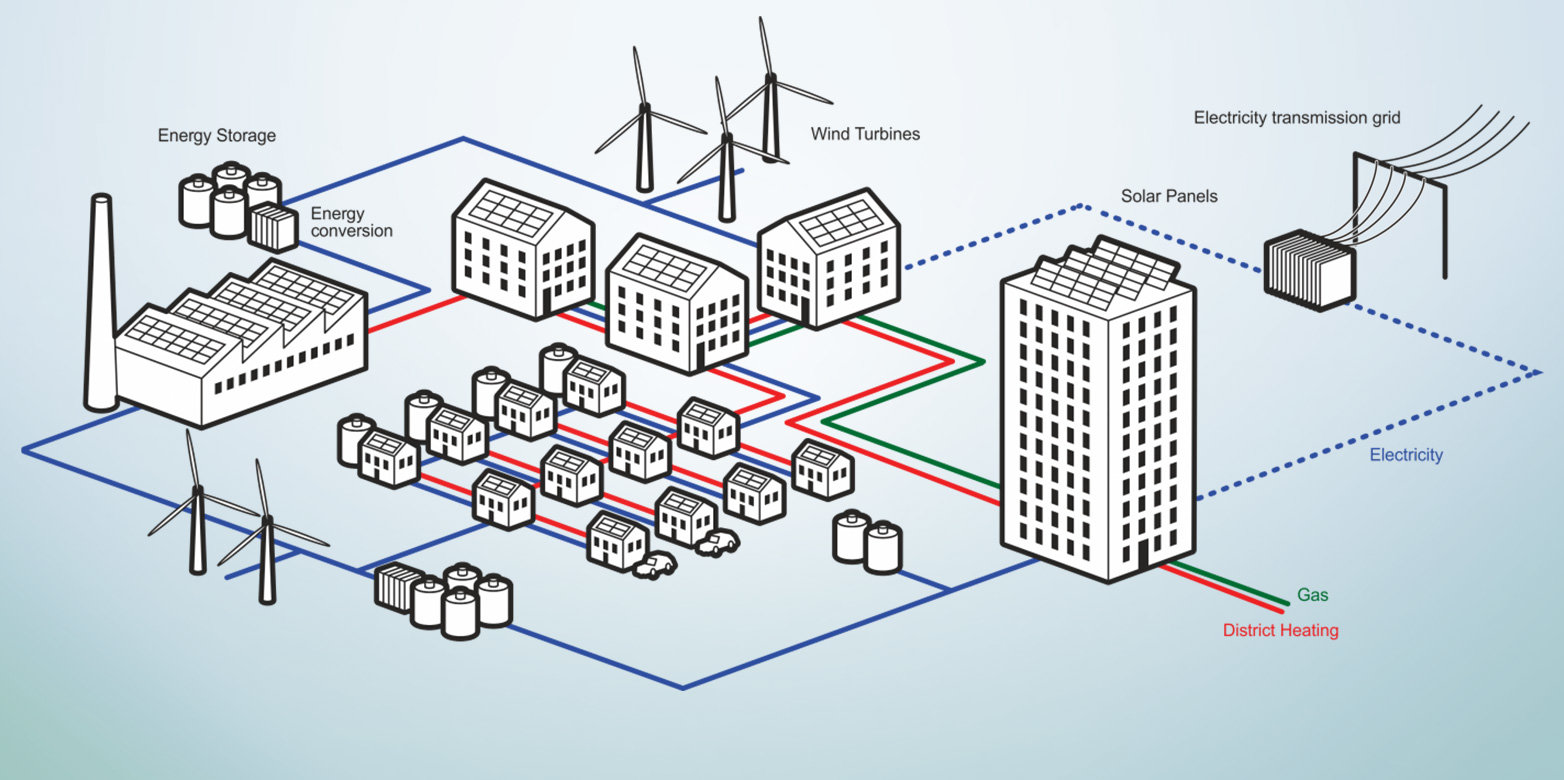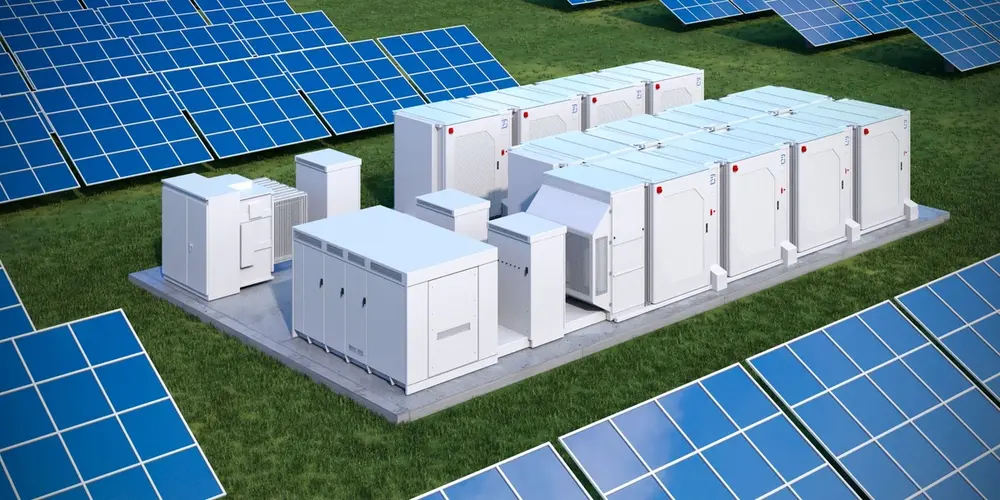
Products
Fast, Reliable, Everywhere

Solutions
Efficient, Innovative EV Charging Solutions.
News
We are committed to the innovation and application of EV charging.
As the electric vehicle (EV) revolution accelerates worldwide, the demand for high-speed, reliable EV charging infrastructure is growing in parallel. Businesses across industries are increasingly seeking scalable and efficient charging solutions to meet customer expectations and support electrification efforts.

Among the various options available, DC fast charging stations stand out as a top choice. Known for their rapid charging capabilities, these stations—often called fast or ultra-fast chargers—can power up EVs in a matter of minutes, making them ideal for time-sensitive locations. However, choosing the right DC charging setup requires careful planning and strategic thinking.
There are two key business cases where DC charging delivers maximum value:
Commercial Charging: For businesses aiming to offer public charging to customers or visitors.
Fleet Operations: For companies managing fleets of EVs such as delivery vans, trucks, buses, or taxis.
Each scenario has unique requirements, and selecting the right hardware involves answering specific questions.

If your goal is to provide public charging access and attract EV-driving customers, consider the following critical factors:
This is one of the most crucial questions. If you're located near a highway or transit route and serve customers with limited time—such as a fuel station or quick-service café—high-output DC chargers (e.g., 180 kW or more) can help customers charge and go quickly.
Conversely, for retail locations, restaurants, or entertainment centers where customers spend an hour or more, moderate-speed chargers (50–90 kW) may be more cost-effective while still meeting customer expectations.
Understanding your customer base is essential. Are you serving compact EVs or large electric vans and buses? Battery size and onboard charging capacity impact the required power output. For instance:
A Nissan Leaf may not benefit from 150 kW+ charging
A fleet of electric buses or SUVs may need high-output chargers to minimize downtime
Also, connector types matter. While CCS2 is becoming the EU standard, many vehicles still use CHAdeMO. Offering both ensures broader compatibility and accessibility.
Site layout and space availability will influence your choice between:
Standalone units: Integrated systems with charging interface and power modules in one housing; best for compact installations
Split systems: Power cabinets and user terminals separated, allowing for higher output and distributed installations across parking lots or service areas
Split configurations are typically better suited for sites aiming to scale or support ultra-fast charging over 200 kW.
User experience is key. Ensure your charging stations support multiple payment options, including:
RFID cards or key fobs
Contactless credit/debit cards
Mobile app payments
QR code integrations
The easier it is to pay, the more likely customers will return.
Electric mobility is expanding rapidly. A modular charging setup ensures your business can adapt to rising demand without reinvesting in entirely new infrastructure. Look for hardware that allows:
Power upgrades via modular components
Software that supports dynamic load balancing
Integration with backend systems for monitoring and revenue reporting
For example, a modular charger like the EVBox Troniq Modular can begin with 90 kW capacity and scale to 180 kW or more as usage increases.

For fleet managers, the considerations above are still relevant, but answers tend to be more defined. You likely know:
Vehicle types
Charging windows and dwell times
Route schedules
Battery sizes
This makes it easier to develop a tailored charging infrastructure that aligns precisely with operational needs.
As EV adoption within fleets accelerates, it’s vital to:
Choose modular chargers for long-term cost savings
Install backend software to monitor charger usage and maintenance
Optimize layout for simultaneous charging of multiple vehicles
A strategic charging blueprint not only ensures reliability today but enables seamless expansion tomorrow.
The electrification of transportation is an ongoing process. To future-proof your investment:
Select hardware that adapts with market evolution
Use chargers that support both low- and high-power outputs
Provide multiple connector standards for wider compatibility
A flexible solution like EVBox Troniq Modular gives you the freedom to start small and scale efficiently as demand grows—whether for public use or private fleets.
Choosing the best DC charging solution hinges on your business model, user demographics, and growth potential. Regardless of whether you’re a fuel station, shopping center, hotel, or fleet operator, investing in fast, modular charging infrastructure positions your business at the forefront of the clean energy transition.
DC charging doesn’t just meet a technical need—it creates new revenue streams, enhances customer satisfaction, and supports your sustainability goals. Partnering with an experienced EV charging provider ensures professional installation, reliable performance, and ongoing technical support.
Interested in expanding your EV infrastructure?
Explore the Pilot DC charging portfolio to find solutions tailored to your operational goals and future-proof your business for the electric era.




